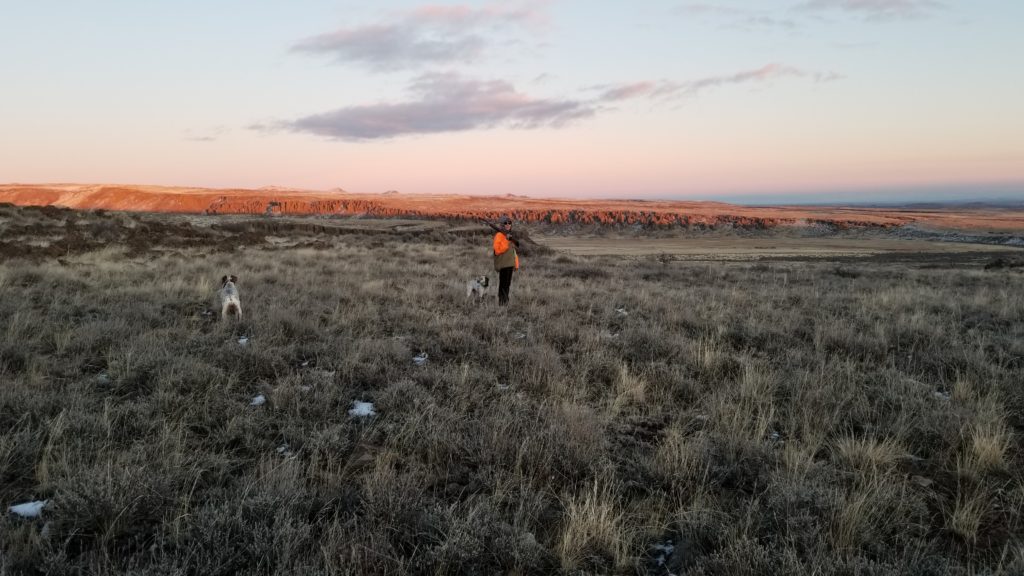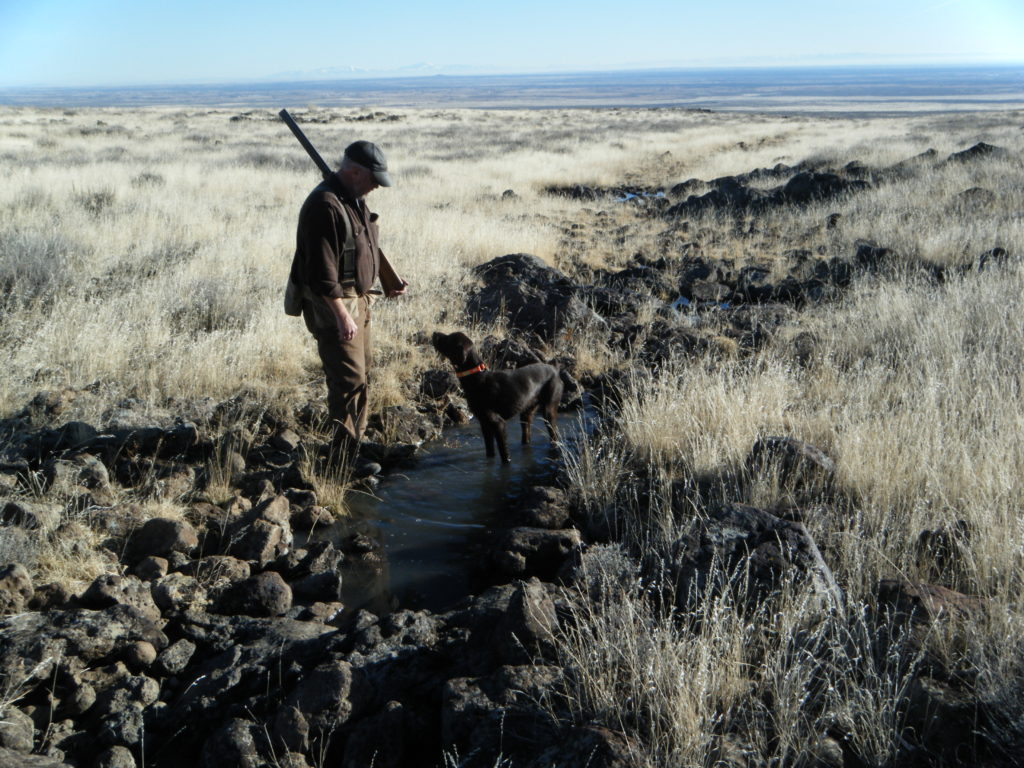While new habitat challenges arise every year, land managers are stuck following management plans created in the 1970s and 80s—with no updates in sight
Conditions on Western landscapes are always changing, and sportsmen and women are often the first to experience the difference. We see wildfire ravage sagebrush landscapes, leaving cheatgrass its wake. The prevalence of precipitation or drought elicits a reaction from the habitat and the critters we hope are adaptable enough to weather the drier years. And so the success of each hunting and fishing season ebbs and flows, as well.
While some of these unforeseen challenges have only emerged or escalated in recent years, many of the Bureau of Land Management offices tasked with facing them remain beholden to plans that haven’t changed in decades.
Like many of us who recall feeling a little less winded a few seasons ago, these resource management plans, or RMPs, aren’t getting any younger. And the ramifications are being felt in many of the places where we love to hunt and fish.

Stuck in the Past
With hundreds of plans in place to manage the BLM’s 438 million acres, ten or more revisions need to be completed each year to keep up with changing conditions on the ground and balance diverse demands on these lands. Exactly zero RMP updates were completed in 2017, largely due to a shift in administrative focus. Meanwhile, the old plans fail to address new problems and rely on science that may be decades old.
Delays in the revision process can often result in massive backlogs. In east Idaho, for example, five RMPs covering more than 5 million acres were expected to be in the planning process or completed by 2018. Of those, none have been completed and only one is in the planning process. And that plan—the Upper Snake RMP that will replace a plan from the 1980s—has been given a lower priority because it lacks oil and gas potential. Meanwhile, the importance of this habitat to tens of thousands of big game animals continues to go unaddressed.
Gradual Demise of Public Input
Updated plans not only reflect current resource conditions, but also public priorities. Based on legal requirements developed decades ago, the planning process provides the public with multiple opportunities to comment on how they would like their public lands to be managed, either in writing or at in-person meetings. The BLM is tasked with providing information on any changes and other ways to engage on RMPs in progress.
We’re already contending with the absence of resource advisory councils—which have been shut down for nearly a year to be “reviewed”—and other cuts to public input. Neglecting RMPs is yet another way we are prevented from voicing our opinions on how public lands should be managed. These incremental changes add up to a big overall shift in how much say Americans have a say in the management of our public lands.
Only by getting the planning process back on track can the BLM ensure that the interests of all Americans are incorporated into how our lands are managed for years to come. Our public land heritage is too important to put on the back burner.

The Buck Stops Here
Addressing the many clogs in the system that are contributing to the slowdown of RMPs means ensuring that the BLM is fully staffed and appropriately funded. The president, Secretary of the Interior, and Congress need to move quickly to fill important positons in the agency and budget for the future of public lands—because conservation shouldn’t be cut to offset new costs or pay for infrastructure.
We also need agencies to refocus on balanced multiple uses of public land, which includes managing for quality fish and wildlife habitat and our outdoor traditions. Let decision makers know that public land is sportsmen’s country by signing our petition to support responsible management of public land and wildlife habitat.
The post Putting These Public Lands Planning Tools on the Backburner Creates More BLM Backlogs appeared first on Theodore Roosevelt Conservation Partnership.
Source: Putting These Public Lands Planning Tools on the Backburner Creates More BLM Backlogs
